Case Report: 19CA002
Stationary engineer dies when the multi-piece tire and wheel he was disassembling explodes
Download a PDF to print this report: Stationary engineer dies when the multi-piece tire and wheel he was disassembling explodes (PDF)
Summary
A stationary engineer working at an airport died when the tire and wheel he was disassembling exploded. The tire and wheel had been removed from an airport passenger boarding bridge and placed in the airport maintenance shop by the employees on the previous shift. The victim and a co-worker were removing the nuts and bolts that held the wheel together when the tire and wheel assembly exploded, striking the victim in the head and neck. The valve stem was not removed from the tube within the tire to release the air pressure. The CA/FACE investigator determined that, in order to prevent similar future incidents, employers with workers who change multi-piece tires should:
Implement policies and procedures as part of a safety program to ensure that tires are deflated prior to wheel disassembly.
Remove all pneumatic tires and replace with solid rubber tires.
Consider providing employees with certified training in commercial tire service (CTS), or hire companies with CTS technicians.
Introduction
On February 19, 2019, at approximately 11:30 p.m., a 37-year-old male stationary engineer died when the tire and wheel assembly he was disassembling exploded. The CA/FACE investigator received notification of this incident on February 22, 2019, from the Cal/OSHA Weekly Fatality Report. On March 4 and 26, 2019, contact was made with the employer of the victim. On July 11, 2019, the CA/FACE investigator traveled to the incident scene and interviewed the victim’s supervisor and the safety manager. The co-worker who was with the victim was unable to be interviewed for this investigation. The county coroner, fire department, and sheriff’s department reports of the incident were also obtained and reviewed.
Employer
The employer of the victim was a national company that provides maintenance and operations services for airports (gate, terminal, and baggage areas). The employer had been supplying and servicing equipment at a county airport for more than 20 years. The employer had 30 employees at the incident location working three shifts, seven days a week. There were 11 stationary engineers working for the employer at this site, four of whom were onsite at the time of the incident. The victim started his shift on the day of the incident at 9:00 p.m.
Written Safety Programs and Training
The employer had a written injury and illness prevention program (IIPP) with all the essential elements required by regulation. Safety meetings were held on a monthly basis and were documented. Tire safety and changing was a topic of a safety meeting six months prior to the incident.
Worker Information
The victim was a 37-year-old male who was a licensed electrical mechanic and had been employed by the company for seven years. His job title was stationary engineer and typical job tasks were to provide preventive and corrective maintenance to the equipment and machines owned and operated by the employer. The victim and his co-worker were both trained and familiar with the tire changing procedures and had done this task many times in the past.
Incident Scene
The incident scene was a maintenance shop located within a county airport. The shop contained all the tools, equipment, and spare parts for the machinery used at the airport in their daily operations (Exhibit 1).
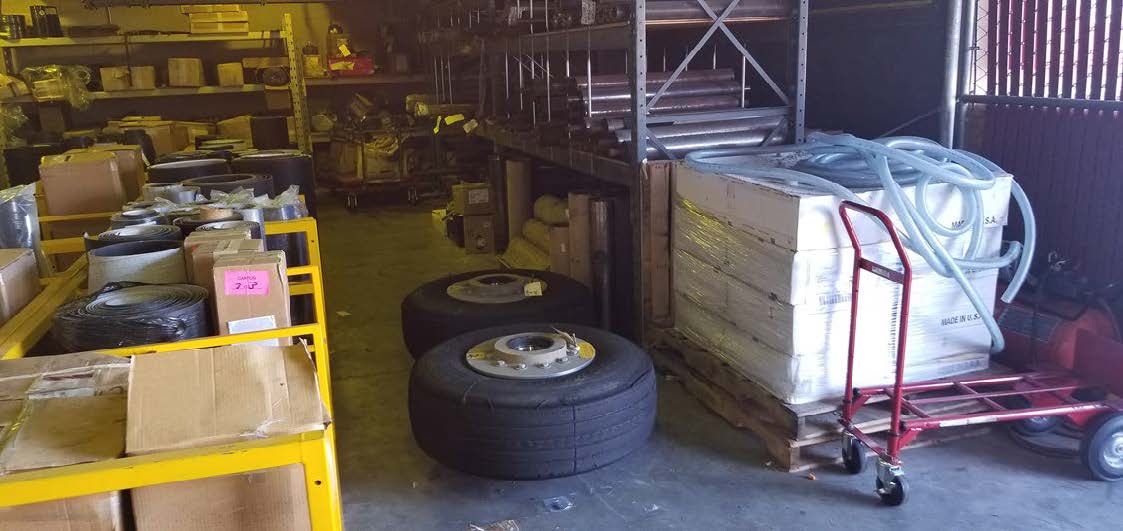
Exhibit 1. The incident scene.
Equipment
The tire assembly involved in this incident was removed from a passenger jet bridge (boarding bridge) used to load and unload passengers from arriving and departing flights (Exhibit 2).
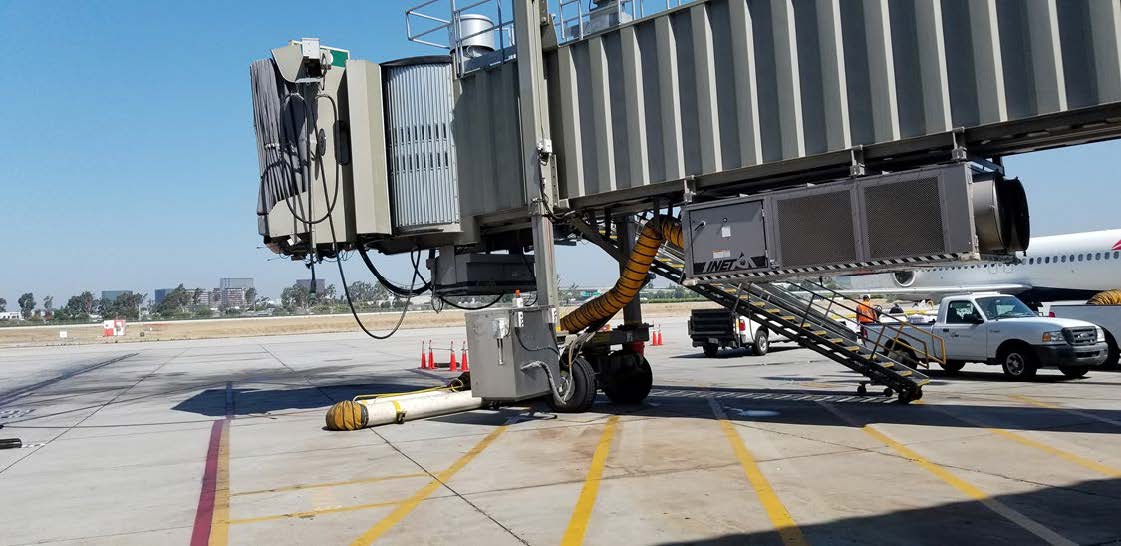
Exhibit 2. A mobile bridge similar to the one in the incident used to load and unload passengers.
The pneumatic rubber tires on the passenger boarding bridge were 24-ply tubeless tires designed to carry 27,700 pounds of load. The size of the tire was 40 X 14 inches, and when properly inflated, the air pressure could reach 200 pounds per square inch (psi). The tire was part of a multi-piece wheel assembly that was held together with the 12-bolt pattern (Exhibit 3).
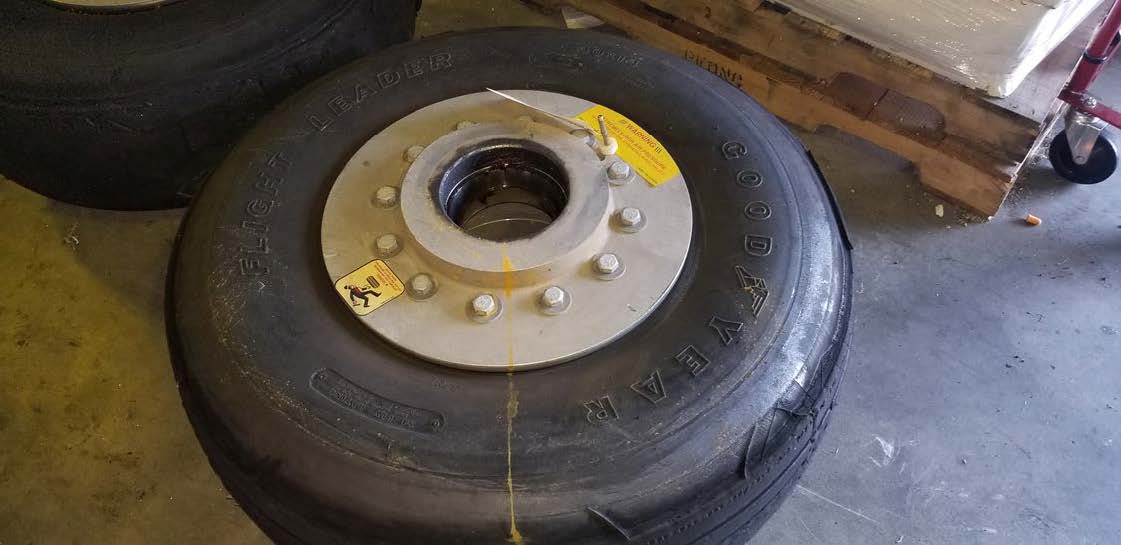
Exhibit 3. Tire and wheel assembly similar to the one involved in the incident, showing the 12-bolt pattern holding the wheel assembly together.
In this type of assembly, the pneumatic tire is placed over the bottom half of the wheel assembly, the other half of the wheel assembly is placed on top and the tire is secured with 12 bolts. When pressurized air is forced into the tire through the valve stem, the tire expands and seals against the rim flanges of the wheel assembly.
Multi-piece wheel hazard
A multi-piece wheel consists of two or more parts, one of which is a side or locking ring designed to hold the tire on the wheel by interlocking components when the tire is inflated. The principal hazard of multi-piece wheels is pressurized air that, when suddenly released, can cause the tire or wheel assembly to be thrown through the air, potentially striking anyone who is near (Exhibit 4). In a multi-piece rim wheel incident, the wheel components separate and are released with a violent force. The risk of injury or death is greater with larger multi-piece wheel assemblies like the one in this case.
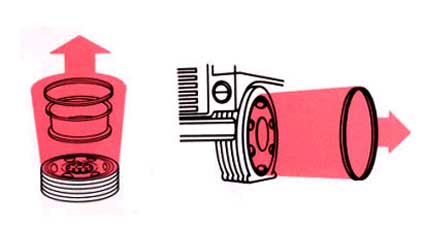
Exhibit 4. Trajectory of multi-piece rim parts placed on the ground and mounted on a vehicle.
Investigation
On the evening of the incident, the victim and his co-worker picked up their job assignments from their supervisor. One of their assignments was to replace a damaged tire from a multi-piece wheel assembly from a passenger boarding bridge. Workers on the previous shift had removed the multi-piece wheel assembly and placed it in the maintenance shop. The valve stem was in place, but there was no other indication or communication about whether the wheel assembly had been deflated at the time it was placed in the maintenance shop. At approximately 11:15 p.m., the victim and co-worker began the process of disassembling the tire and wheel. The victim was standing over the tire and wheel assembly using an electrical impact wrench and socket to remove the nuts on the 12-bolt pattern while the co-worker laid on the floor to access the nuts on the bottom side and hold them in place. As they were removing the eleventh bolt and nut, the air pressure inside the tire exceeded the holding capacity of the remaining nut and bolt and an explosion occurred. The top portion of the wheel assembly struck the victim in the neck, propelling him several feet in the air and causing him to land on the concrete floor. The co-worker was knocked unconscious and had severe injuries. The noise of the explosion alerted other workers within the surrounding area. Emergency services were immediately notified and responded, but the victim was pronounced dead at the scene. The co-worker was transported to a local hospital where he was treated for his injuries and released several days later.
Cause of Death
According to the death certificate, the cause of death was blunt force trauma to the head and neck.
Recommendations
The CA/FACE investigator determined that, in order to prevent future incidents, employers with workers who change multi-piece tires should:
Recommendation #1: Implement policies and procedures as part of a safety program to ensure that tires are deflated prior to wheel disassembly.
Discussion: In this incident, the victim and co-worker began working on the wheel assembly without deflating the tire. The employer had written safety procedures and training that included the deflation of tires, and the victim had performed this task many times in the past. According to employer procedures, the workers on the previous shift were responsible for deflating the tire prior to removal from the boarding bridge. It is not known why the tire was not deflated at the time it was removed and placed in the maintenance shop. It is also not known if the victim assumed that the tire was deflated prior to beginning work. The warning label (Exhibits 5 & 6) regarding deflation was present on the tire, and the valve was still present.
The victim was an experienced employee and had disassembled the tire safely on numerous occasions in the past. The company policy was to have workers deflate the tire prior to removing it from the boarding bridge. In this procedure, the valve stem must be removed, and the tire is then taken to the maintenance shop for disassembly. In this incident, the tire stem was in place and the tire inflated. It is not known if the victim may have assumed that the tire had been deflated, but he did not verify by checking the valve stem. Although the employee had received safety training, there was no written method or active communication to ensure that the tire was deflated by workers on the prior shift. Although there was a requirement that the valve stem should be removed prior to placing in the maintenance shop, there was no effective procedure to ensure that compliance with this occurred. For example, written check-off sheets and/or periodic and regular safety audits with direct observation can be used to ensure that safe work practices are followed. In addition, employee safety training should be verified through written testing, oral confirmation, or demonstration. If these procedures had been implemented, the victim may have realized that the tire was still inflated and this incident could have been prevented.
Recommendation #2: Remove all pneumatic tires and replace with solid tires.
Discussion: In this incident, pneumatic tires were used for the boarding bridge, and they required periodic changing due to wear. Changing a pneumatic tire always presents a potential hazard of explosion with serious injury. Solid rubber tires are often filled with compressed polymers (plastic) rather than air or can be a solid molded product. When solid tires are changed, they cannot explode and pose a risk to personnel. If a solid tire had been used at this work site, it could not have exploded, thereby preventing this fatality.
Recommendation #3: Consider providing employees with certified training in commercial tire service (CTS), or hire companies with CTS technicians.
Discussion: Tire changing is a task that requires specialized skills and training in order to ensure that the task is performed safely. Tire pressure entails a serious risk of explosion, and working with tires also has a number of other risks. Tires have increased in size and mass and, consequently, the tire pressure has also increased. Workers should receive specialized certifications to ensure safety measures are understood and implemented. For example, the Tire Industry Association is an organization that certifies employees in commercial tire service (CTS) and can augment safety training provided by the employer. Alternatively, the company could have hired an outside contractor with certified CTS technicians. If the tire had been changed by a CTS technician, this death may have been prevented.
Additional Exhibits
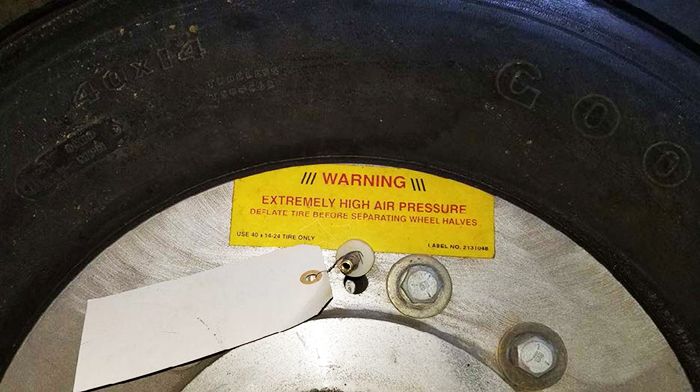
Exhibit 5. Warning sticker placed on all tire/wheel assemblies used on passenger boarding bridges.
Exhibit 6. Second warning sticker placed on all tire/wheel assemblies used on passenger boarding bridges.
References
California Code of Regulations, Title 8, Subchapter 7. General Industry Safety Orders, Group 2 Safe Practices and Personal Protection, Article 7 Miscellaneous Safe Practices. §3326. Servicing Single, Split and Multi-Piece Rims or Wheels (h) Demounting Tires.
Servicing Single-Piece and Multi-Piece Rim Wheels (PDF, booklet) | webpage. U.S. Department of Labor, Occupational Safety and Health Administration, 1998,
Authors
Hank Cierpich, FACE Investigator
Robert Harrison, MD, MPH, FACE Project Officer
Laura Styles, MPH, Research Scientist
April 9, 2020